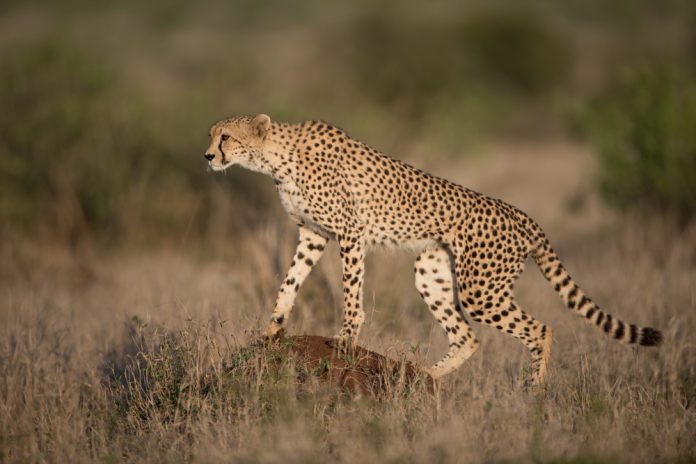2022 marked the arrival of the Namibian cheetahs in India, as part of Prime Minister Modi’s initiative to reintroduce cheetahs into the country after they were declared extinct in India in 1952, because of extensive hunting and habitat loss. On September 17 of this year, 8 African cheetahs were released in the Kuno National Park in Madhya Pradesh, after being relocated from Namibia. This was the first intercontinental transfer of wildcats into the country since Independence.
The South African cheetahs are currently housed in bomas, or small enclosures, as part of quarantine measures that must be followed before the translocation. While three of the cheetahs are housed in the Phinda quarantine boma in KwaZulu-Natal province, nine others have been kept in the Rooiberg quarantine boma in Limpopo Province since July 15, wildlife experts told PTI.
However, an MoU between India and South Africa to push forward the inter-continental translocation still needs to be inked. This means that the cheetahs have been in quarantine enclosures for four months, though they needed only a one-month quarantine.
The cheetahs – seven males and five females – have not hunted for themselves even once after being kept in the bomas, said, wildlife experts.
“They have lost considerable fitness as they have not hunted even once since July 15,” one expert told PTI. They might have put on weight like humans sitting idle, he said, adding that a running animal has toned up muscles and fitness. Once the animals reach India, they will have to undergo one additional month of quarantine as well, as per Indian regulations.
The fitness of South African cheetahs is a matter of concern given that when they come to India they will have to be watchful of leopards in Kuno, Ajay Dubey, wildlife expert and founder-secretary of Prayatna, an NGO working for tiger conservation, told PTI.
The risk that leopards in Kuno will pose to the cheetahs once the latter is released into the wild is among the many issues that scientists and conservationists have raised about the cheetah introduction exercise that India has undertaken. In the wild in Africa, leopards are known to cause around 9% of cheetah mortality, as per studies.
It has been said that the MoU is likely to be signed this month, and had been delayed due to “warnings and negative reports” by “a lobby of self-styled conservationists in both countries”.




























